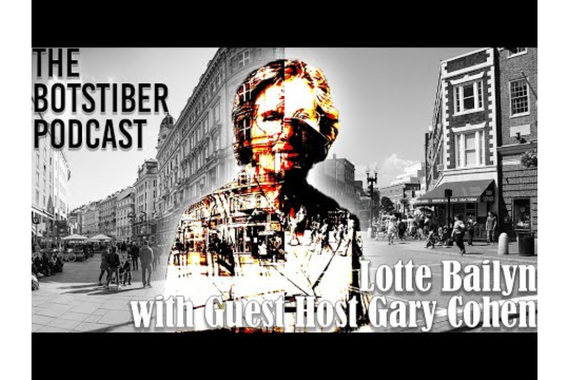CAS supports dissertation research on Central European public executions
The Center for Austrian Studies is pleased to support PhD graduate student James Gresock (History) in conducting crucial primary source research for his dissertation examining public executions in Central Europe. Please find a description of the project below.
Congratulations James!
“Dismembering an Execution: Construction of Meaning and Conflation of Imaging from Oldenbarnevelt to Old Town Square"
Public execution in early modern Europe was a highly nuanced performative drama meant to purge a society of its malefactors and restore order through contextually specific acts of ritualized retributive justice. My dissertation research investigates instances where this contextual specificity is lost, specifically in the transformation of an execution from a local statement into far-reaching news, and looks at how this translation itself creates new meaning.
One anonymous printed broadsheet of Prague’s 1621 Execution of Old Town Square depicts the scene not in its true Bohemian setting, but rather in The Hague’s Binnenhof. This change in location was significant—it cast the scene in a setting immediately recognizable to the print’s audience, simultaneously guiding their gaze and facilitating their moral judgement. While artists commonly copied stock aspects such as trees, figures, and city buildings, this copy went further: the entire Dutch scene is preserved and is only changed where canonical elements of the Execution of Old Town Square are necessary. Through this visual conflation, the execution of twenty-seven members of Bohemian nobility was merged with the execution of the controversial United Provinces politician, Johann Oldenbarnevelt. The rhetorical significance of this well-known recycled print was understood and depictions of its subject recently censored—printing the Bohemian scene through this lens prompted the print’s audience to view Prague’s executed from the same negative vantage as Oldenbarnevelt.
My research project will examine this public execution and others to investigate how intersections of media mediated messaging. I argue that the translation of execution from an experiential drama to two-dimensional media enabled subtle and often overlooked influence over contemporary perception and historical narrative.



